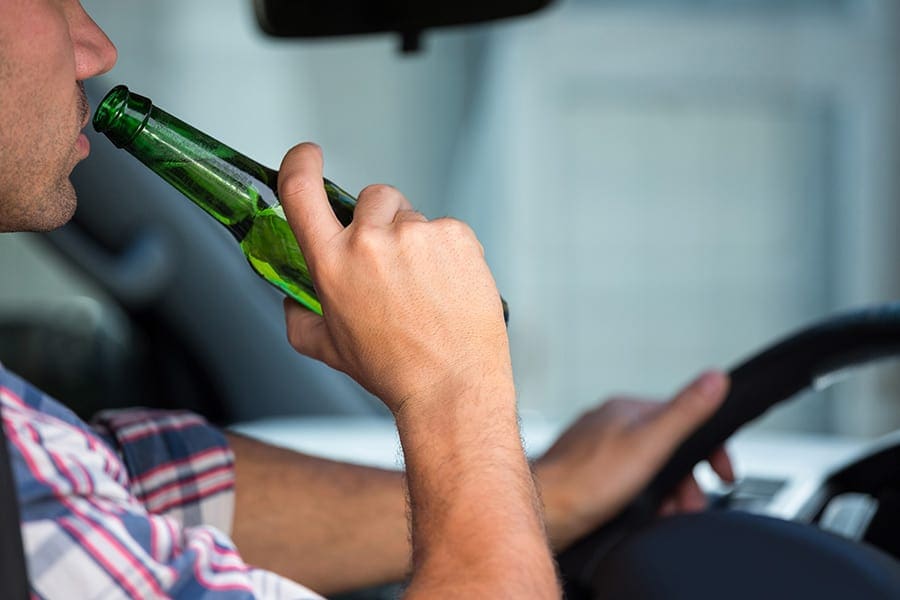The Federal Motor Carrier Safety Regulations address use of alcohol by any commercial driver (>10,000lbs MGVWR) in CFR 392.5 No driver shall— Use alcohol, as defined in CFR 382.107 of this subchapter, or be under the influence of alcohol, within 4 hours before going on duty or operating, or having physical control of, a commercial motor vehicle; or use alcohol, be under the influence of alcohol, or have any measured alcohol concentration or detected presence of alcohol, while on duty, or operating, or in physical control of a commercial motor vehicle.
There are additional provisions to this regulation, please read CFR 392.5 in its entirety. Any driver who is found to be in violation of these regulations shall be placed out-of-service immediately for a period of 24 hours. Additional FMCSR Regulations apply to drivers who are operating a CMV with a CDL and can be found in and CFR 382 such as random, post accident and reasonable suspicion testing. CFR 383.51 addresses disqualification of a CDL for alcohol violations in a CMV and a NON-CMV. The bottom line is that a driver of a commercial motor vehicle jeopardizes his/her license and job anytime they drive any type of motor vehicle under the influence of alcohol.
Is that a Drunk Driver?
How many times have you been driving and upon seeing another motorist ask yourself….Is that a Drunk Driver? The National Highway Traffic Safety Administration (NHTSA) has established four categories to identify if a person is operating a vehicle under the influence. Please review these categories to be a better defensive driver when these folks are operating around you.
- Problems in maintaining lane position. Look for signs of erratic steering or an inability to keep the vehicle in a lane. Weaving across lanes, straddling two lanes, almost striking another vehicle are potential indicators of a drunk driver.
- Speed and braking problems: braking smoothly becomes a difficult task for an impaired driver. Look for general problems with stopping, like jerkiness, stopping short or abruptly. Maintaining speed also becomes a challenge for drunk drivers, so look for drivers that accelerate and decelerate quickly as well as for the driver who is operating well below the posted limit.
- Vigilance problems: this simply means that the driver is unable to pay attention to driving. An impaired driver might forget simple things that a normal driver would not, such as driving at night without headlights on, wrong way on a one way, or responding slowly to traffic signals.
- Judgment problems: Alcohol can impair a driver’s judgment of what is safe and what is not. Drunk drivers will often take risks that endanger other lives as well as their own. Examples of this is following another vehicle too closely or making unsafe lane changes. Any erratic behavior like making sudden turns, crossing the median, or violating no-turn laws can signal an impaired driver.
What should you do?
Seeing any of these identifying factors, you should prepare to take evasive action to avoid trouble or any unpredictable move that the suspected drunk driver might take. If you see two or more of the above factors, the driver is probably drunk, and it’s your responsibility to save the lives of other drivers and call the police immediately.
Originally Posted on the Idealease Safety Bulletin

